Embarking on a Treasure Quest with the Auto LRL
Welcome back to another adventure on Detectors-X.com! Just last weekend, Mike, the kids, and I explored an old homestead with the Auto LRL, an automatic long-range locator that has revolutionized our treasure hunting. This advanced metal detector, covering a vast area with precision, allowed us to uncover relics we could only dream about before. Join me as we dig deeper into how this remarkable technology can redefine your searching strategies and perhaps lead you to hidden treasures you’ve never imagined finding.
Unveiling the Power of Auto LRL: A Revolution in Metal Detecting
Discovering the Auto LRL was like finding the ‘X’ on a treasure map. The moment I switched on the device at a historical site, its capabilities were immediately apparent, making traditional metal detecting seem almost primitive. The Auto LRL operates with such precision and depth, unearthing relics that I, a seasoned treasure hunter, could only dream of before. Its capabilities to scan vast distances up to three thousand meters, and depths reaching up to 100 meters, ensures that not a single corner of your exploration field goes unchecked. From Metal Detectors to the specialized AJAX Detection devices, the technological advancements are evident, signaling the dawn of a new era in treasure hunting.
Strategies for Maximizing Your Finds with the Automatic Long-Range Locator
The true essence of treasure hunting with the Auto LRL is not just about the broad area it covers or the depths it can reach; it’s also about the smart strategies you employ. The first test on the field started with setting up the system, which was intuitive. Once configured, I moved the device slowly from left to right, rigorously following the indicators on the screen, and the Auto LRL did not disappoint. It indicated various potential spots where the buried treasures like gold, silver, iron, and even diamonds were located, each marked with a bar graph indicating the probability ratio of the find. Employing these strategies, the device has not only streamlined the process but has also played a crucial role in significantly reducing search times, effort, and the usual heavy cost of prospecting.
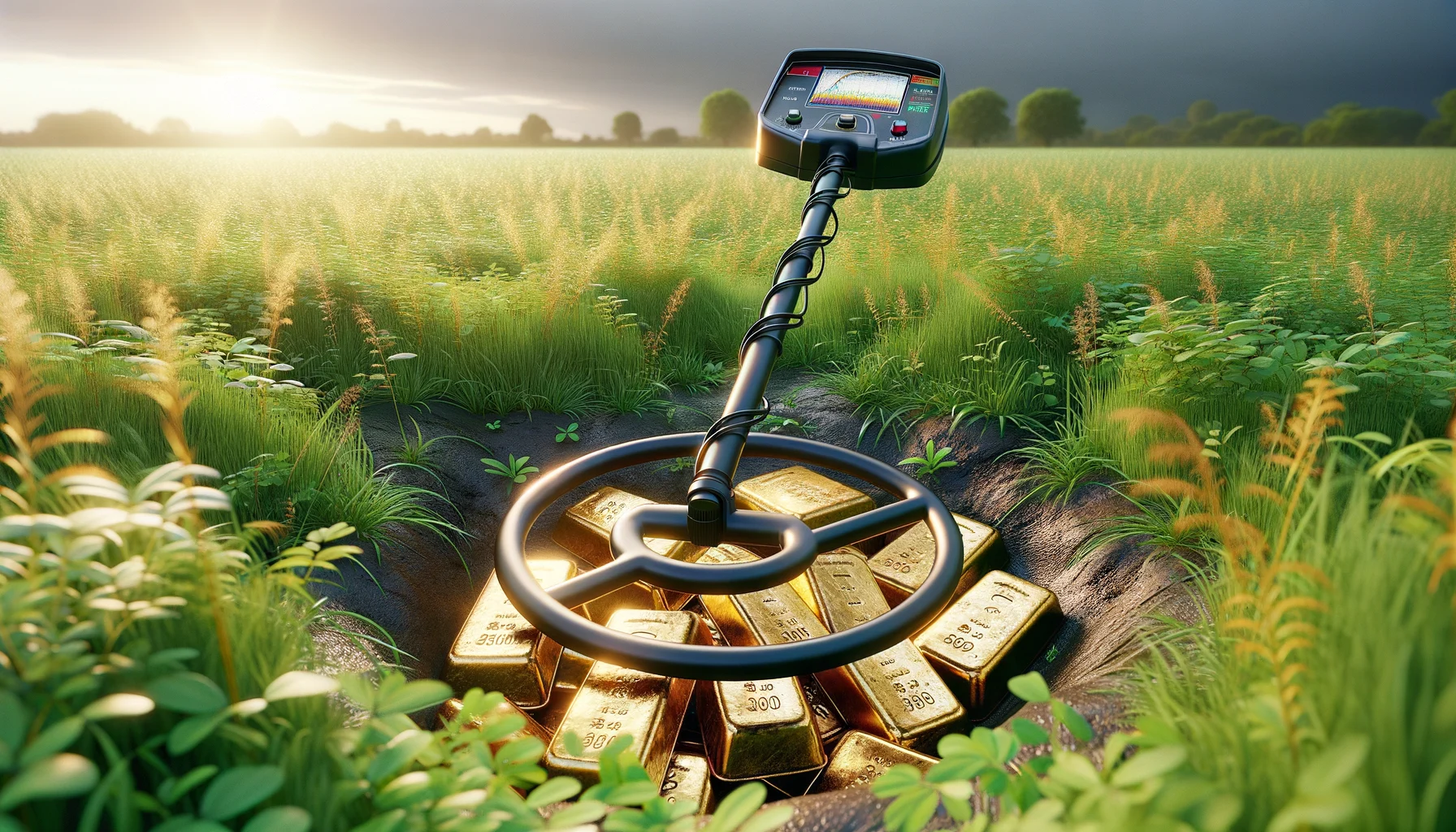
Deep Dive into the Advanced Settings of the Auto LRL
Every treasure hunter dreams of a device that not only leads them to treasures but also reduces the hassle of guesswork, and the Auto LRL does exactly that. The settings menu is where this device truly shines. With the flexibility to adjust the search distance up to 3,000 meters and depth up to 100 meters, it allows for fine-tuning depending on the specifics of the exploration site. Whether it’s a closely wooded area or vast open land, setting the right parameters ensures that the device works optimally, making every search a possible jackpot.
From Setup to Discovery: Mastering Your Auto LRL for Optimal Treasure Hunting
Gearing up with the Auto LRL is an adventure in itself. Starting with the assembly, the process is straightforward—connecting antennas and ensuring they are locked in position for stability. Once powered on, the system’s intuitive interface guides you through comprehensive setup steps. What follows is a fascinating display of technology at work. When scanning, I align the system’s red line indicator, adhering to a meticulous 180-degree swing that covers an extensive area, ensuring no stone is left unturned—or rather, no treasure left undetected. This methodical approach turns every search into an efficient hunt for relics and riches, enhancing the thrill of discovery.
| Product Name | Features | Pros | Cons | Categories |
|---|---|---|---|---|
| Auto LRL |
|
|
|
|
How can I maximize my finds with the Auto LRL metal detector?
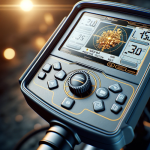
Optimize your treasure hunting with the Auto LRL by configuring its settings to match the site specifics. For expansive open lands, set the device to cover wider distances up to 3,000 meters, and for targeted searches, adjust the depth up to 100 meters. Always follow the red line indicator closely for precise tracking.


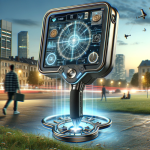


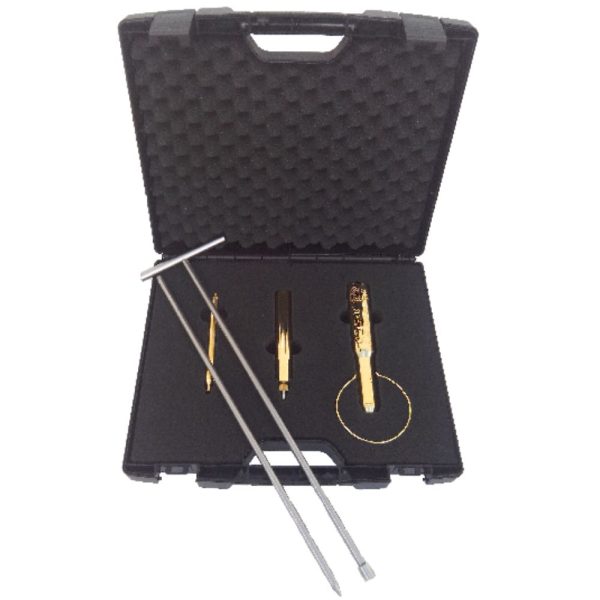
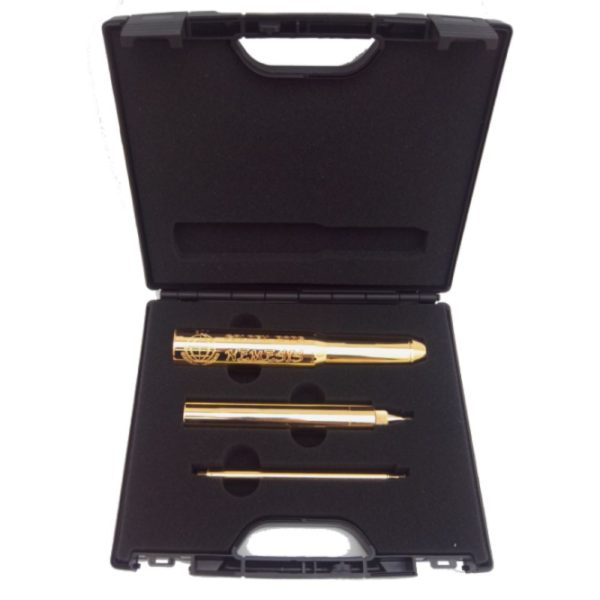
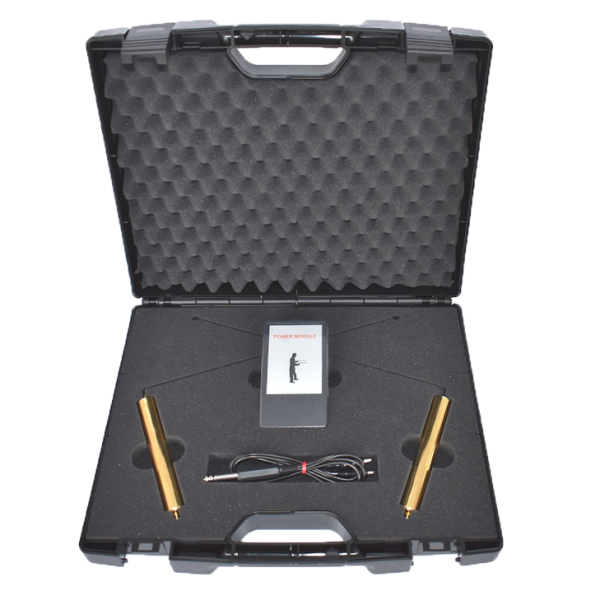
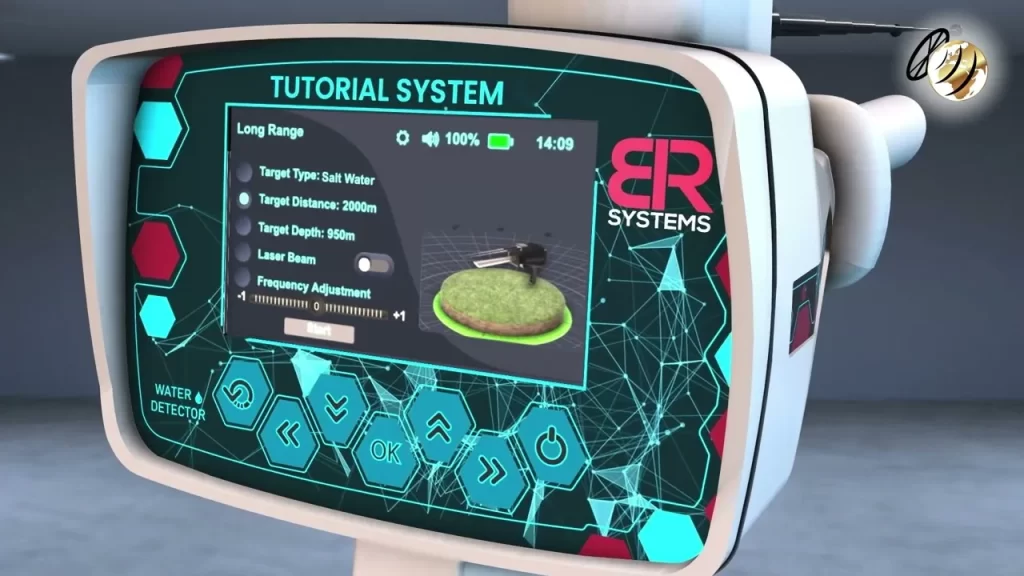
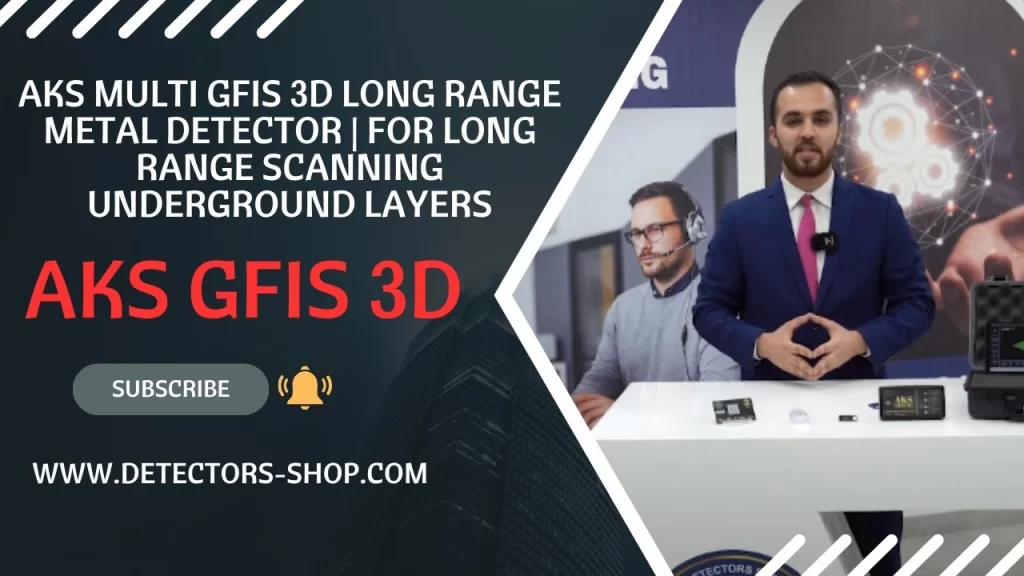
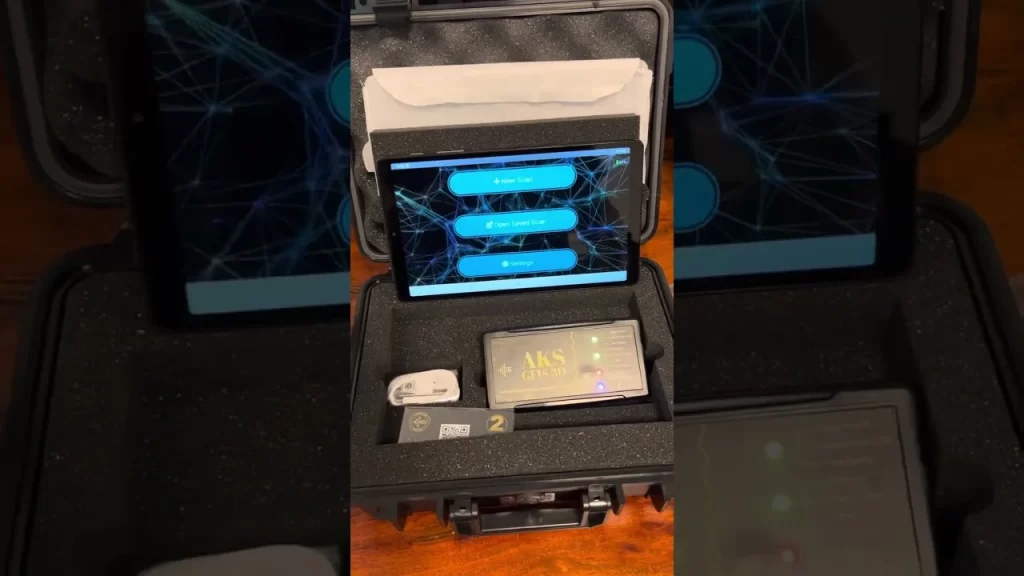
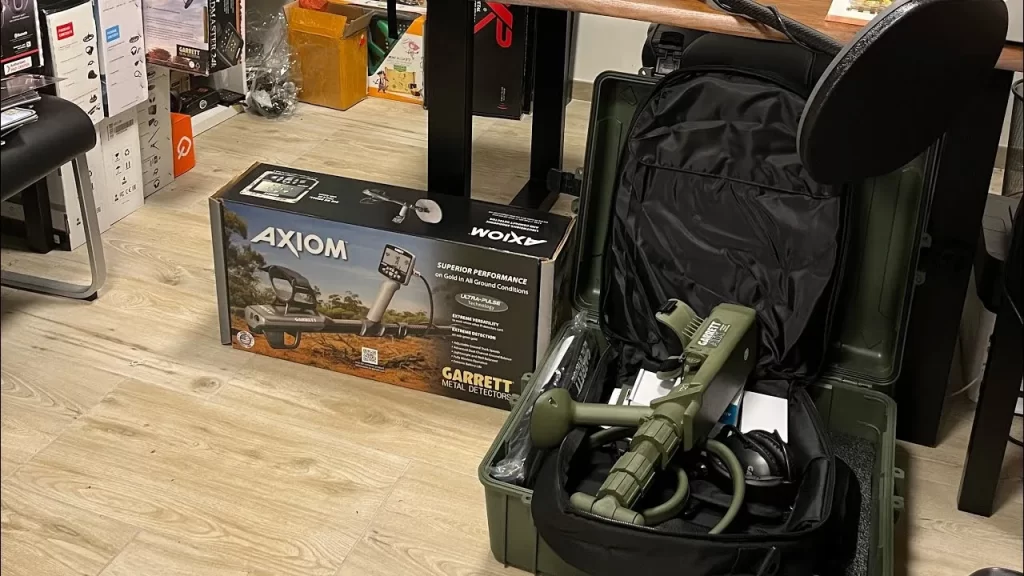
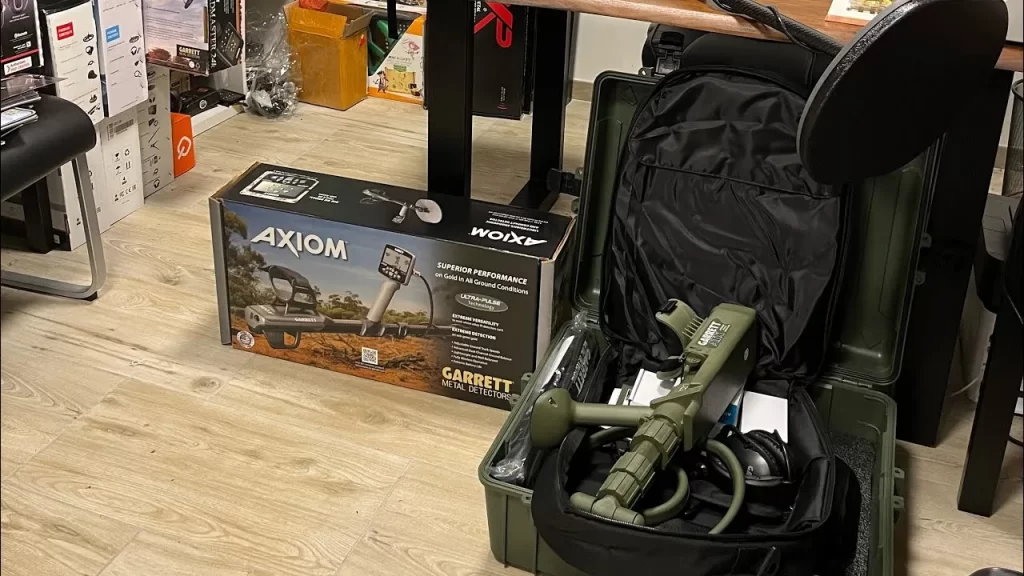
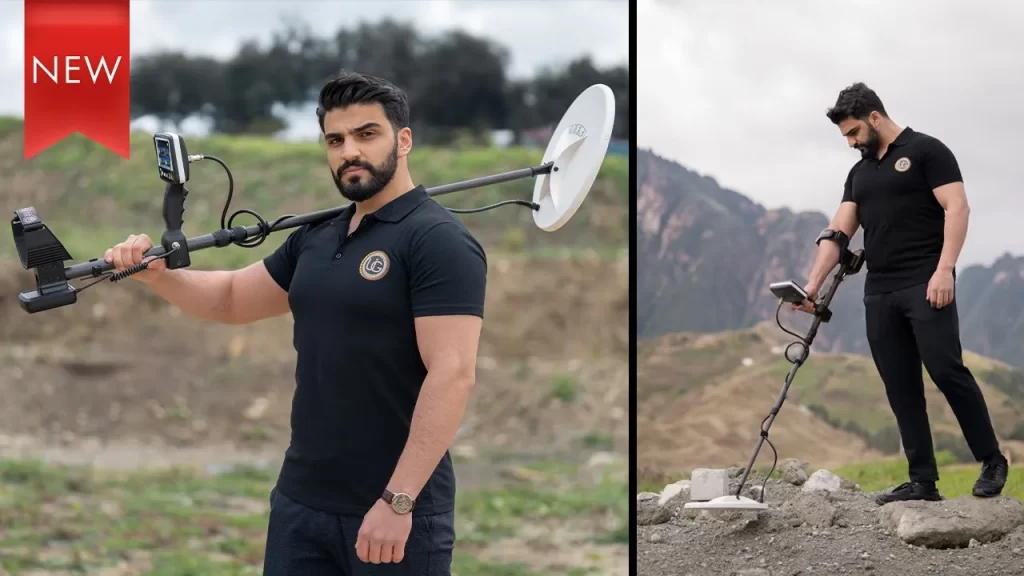

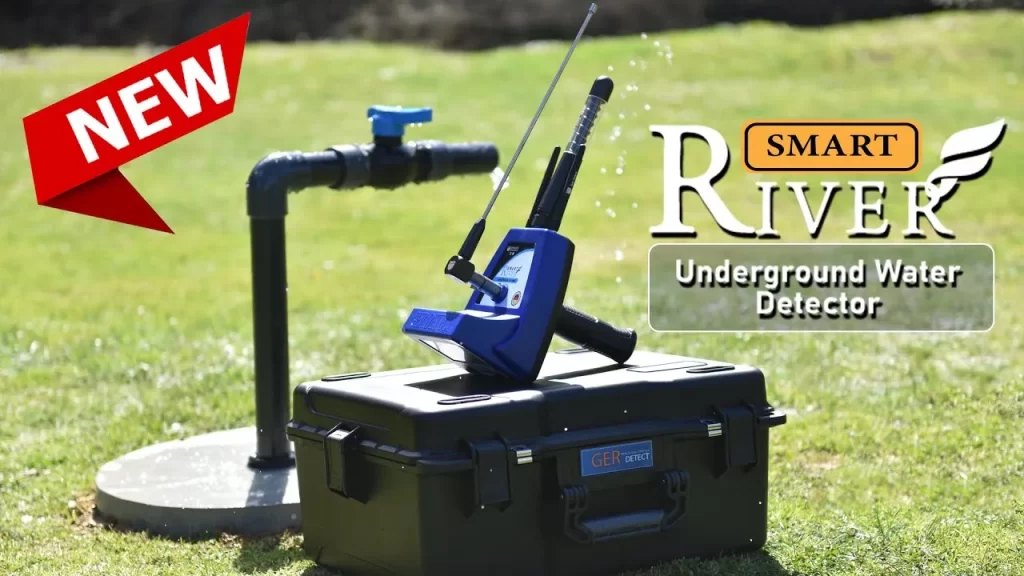
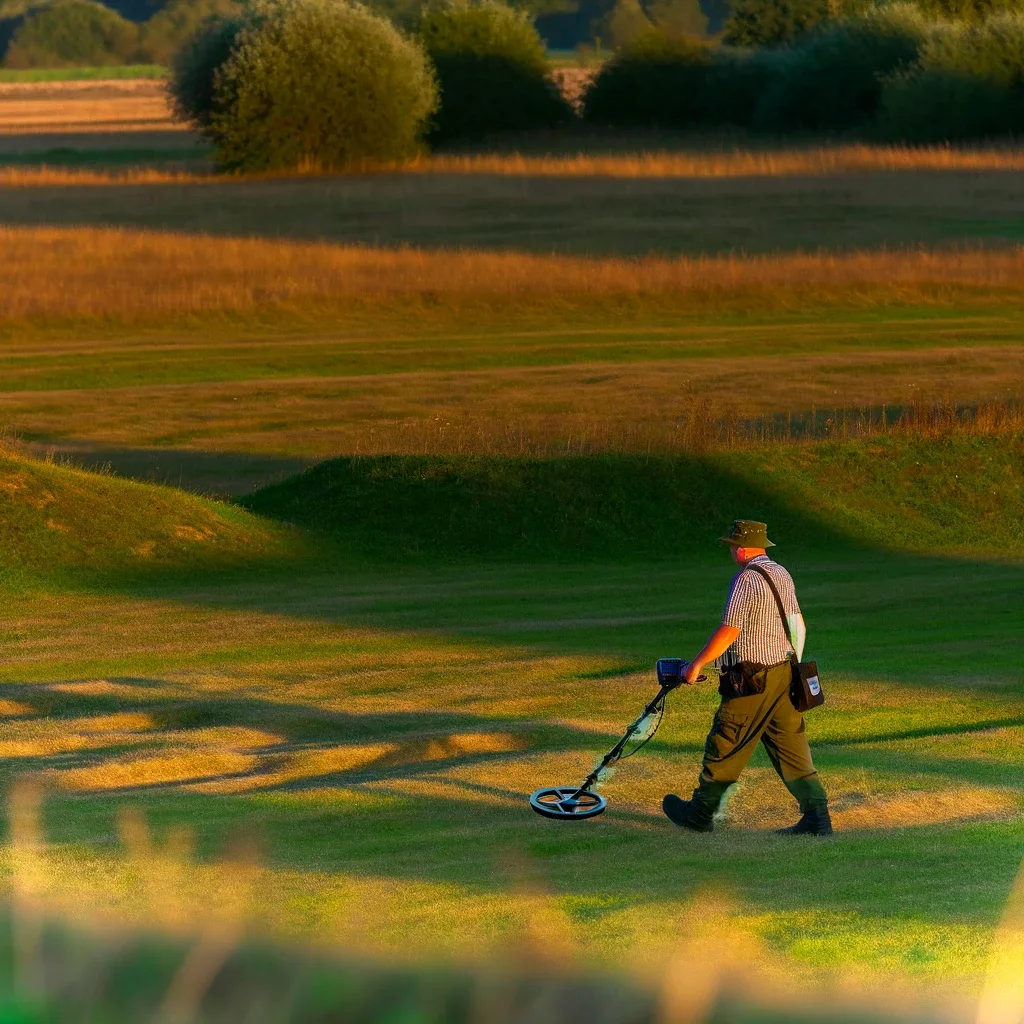
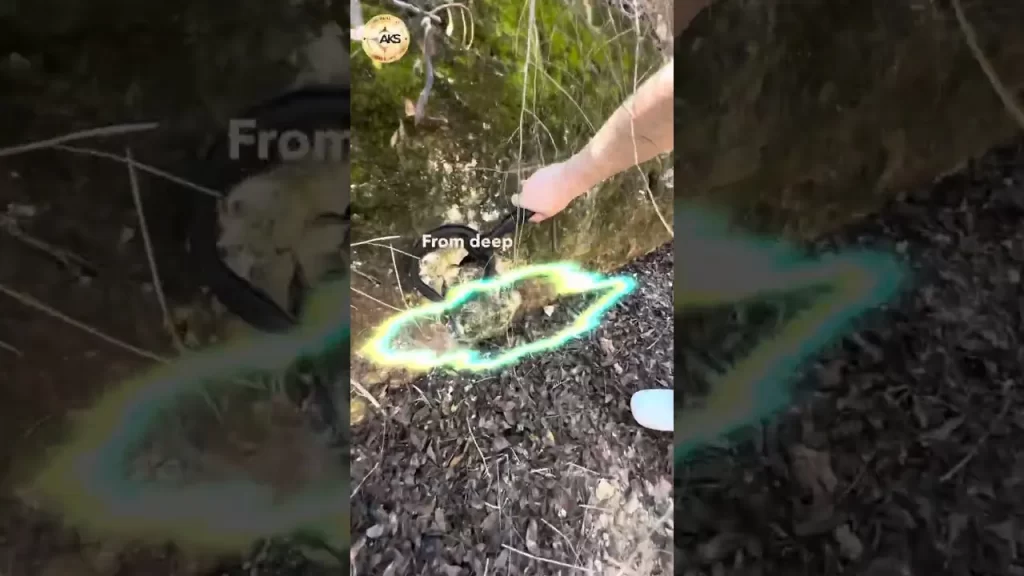

0 Comments